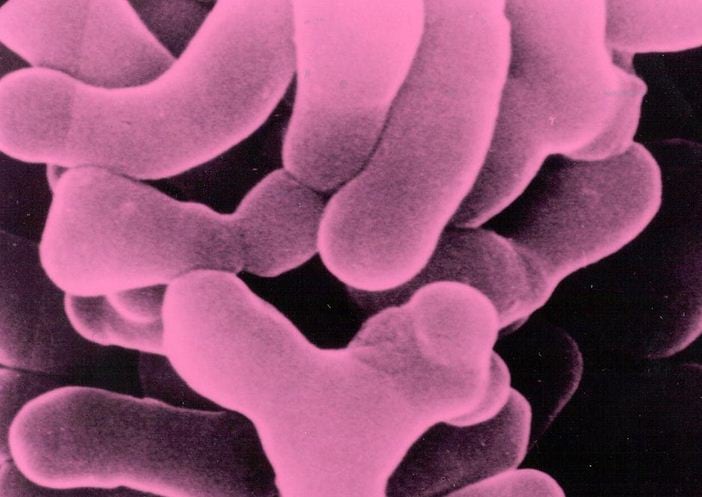Researchers from the Institute of Food Nutrition and Health, University Children’s Hospital Zurich, and the Nestlé Research Center discovered the same strains of Bifidobacterium breve and several types of Clostridium, which are important for colonic health, in the breast milk, and maternal and/or neonatal faeces of several mother-neonate pairs.
According to the researchers, the strains found in breast milk may be involved in establishing a critical nutritional balance in the child's gut and may be important to prevent intestinal disorders.
Professor Christophe Lacroix from the Institute for Food, Nutrition and Health told DairyReporter.com that with a greater understanding of how babies acquire a population of good bacteria, infant formula manufacturers will be able to decide which bacterial species will be most important as probiotics in their products.
“This study allowed isolation and identification of bacterial strains from different groups, some having potential to be used in milk formula for better matching nature,” said Lacroix.
“The careful selection of strains among bacterial groups based on metabolic features could be used to support the establishment of a healthy trophic chain in the infant gut, eventually preventing intestinal symptom such as colic and promoting a healthy gut,” he said.
“Vertically transferred” via breastfeeding
The researchers, who published their findings in the journal, Environmental Microbiology, investigated whether viable strains of gut-associated obligate anaerobes - organisms that can only live in the absence of oxygen - are shared between the maternal and neonatal gut ecosystem via breastfeeding.
Led by Lacroix, they collected maternal faeces, breast milk and corresponding neonatal faeces from seven sets of mother and child.
Using culture-dependent and culture-independent methods, the researchers found that a number of species of gut-associated obligate anaerobic were shared between maternal faeces, breast milk and neonatal faeces.

“We are excited to find out that bacteria can actually travel from the mother’s gut to her breast milk,” said Lacroix. “A healthy community of bacteria in the gut of both mother and baby is really important for baby’s gut health and immune system development.”
Route from gut to breast unknown
“We’re not sure of the route the bacteria take from gut to breast milk but, we have used culture, isolation, sequencing and fingerprinting methods to confirm that they are definitely the same strains,” he said.
Lacroix revealed that work to support the team’s findings has already begun.
“In collaboration with Professor Christian Braegger from the University Children’s Hospital Zurich, a broader project to support this hypothesis is underway with the aim of monitoring the gut colonization of infants up to the age of two, and the effects of delivery mode – natural versus caesarean – and feeding – breast versus formula,” he said.
Source: Environmental Microbiology, doi:10.1111/1462-2920.12238 'Vertical mother-neonate transfer of maternal gut bacteria via breast-feeding' Authors: Ted Jost, Christophe Lacroix, Christian P Braegger, Florence Rochat, and Christophe Chassard.
